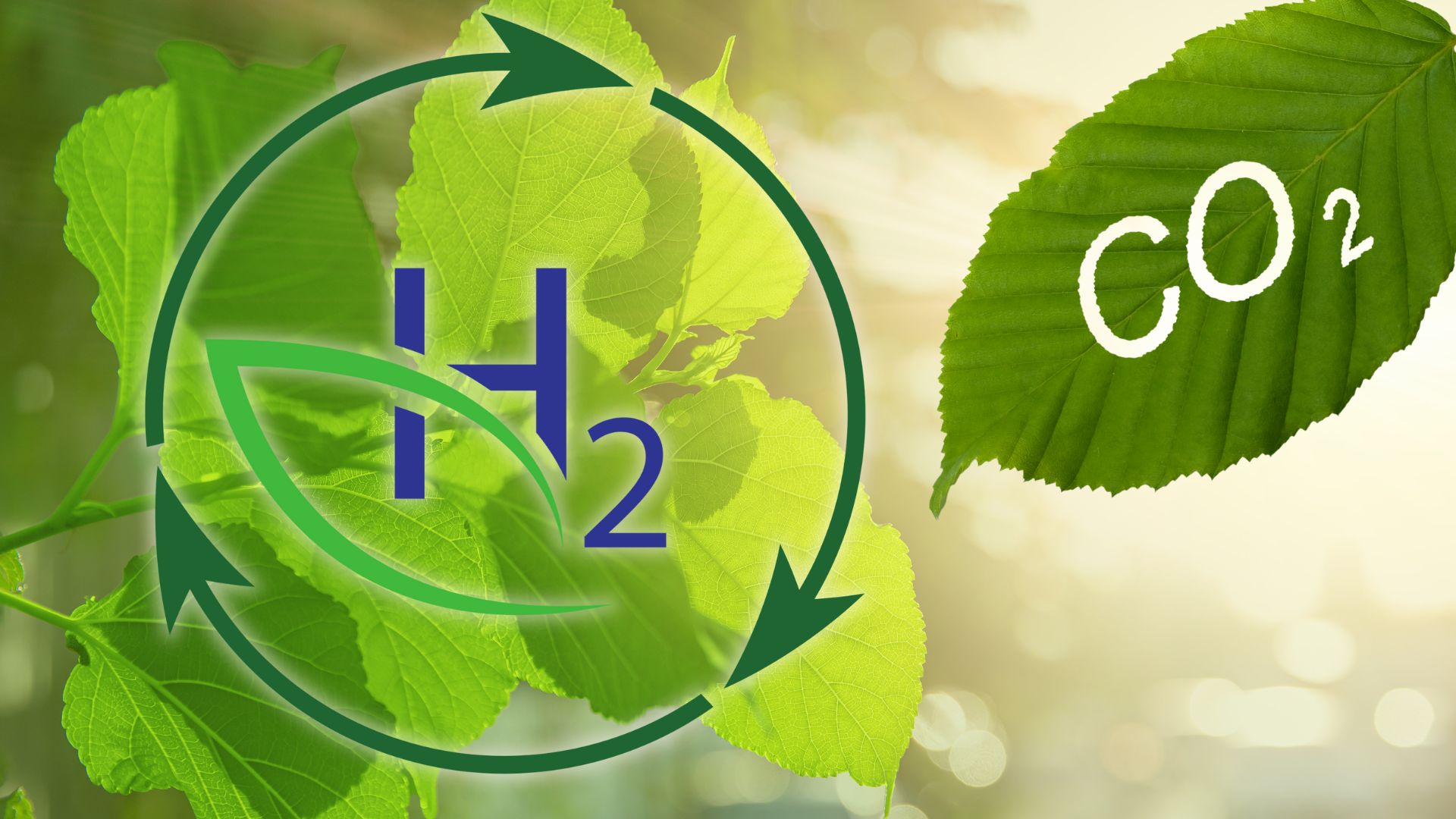From Spain to South America, Johnson Matthey’s Methanol Projects Leave a Global Mark
Johnson Matthey’s e-Methanol Technology Drives Decarbonization Goals Revolutionizing the Industry with Collaboration on the La Robla Nueva Energia Project Johnson…
Johnson Matthey’s e-Methanol Technology Drives Decarbonization Goals
Revolutionizing the Industry with Collaboration on the La Robla Nueva Energia Project
Johnson Matthey (JM), a leader in sustainable technologies, has achieved groundbreaking success with its advanced e-methanol technology. A centerpiece of this progress is the collaboration with Reolum for the La Robla Nueva Energia (NE) project in Castilla y León, Spain. This initiative, one of Europe’s largest e-methanol production plants, aims to produce up to 140,000 tons of e-methanol annually and is set to be operational by the end of 2027.
Reolum has integrated JM’s eMERALD™ technology—a revolutionary process that converts carbon dioxide (CO₂) and green hydrogen into methanol. This capability is vital for decarbonizing industries that are notoriously hard to power sustainably, such as chemicals and shipping. Funded partly by the European Investment Bank, the project represents a significant step toward achieving Europe’s ambitious decarbonization targets.
The La Robla NE plant is part of a larger endeavor, the La Robla Green project, which also houses Roblum, a green energy generation facility slated to provide sustainable power to over 50,000 households. Together, these initiatives embody the shift from fossil fuels to renewable energy in a region historically linked with coal mining and thermal power.
eMERALD Technology: A Key to Cleaner Energy
Central to Johnson Matthey’s role in these projects is its eMERALD technology. Developed and refined since 2011, eMERALD converts captured CO₂ into methanol using green hydrogen. The process not only maximizes the use of high-value feedstocks but also reduces overall energy consumption and minimizes operational costs. These efficiencies make eMERALD one of the most sustainable and reliable methods for producing e-methanol.
Methanol produced using renewable feedstocks is essential for industries like heavy transport and shipping, where electrification alone cannot meet sustainability goals. For example, methanol can be blended with traditional fuels or serve as a standalone clean fuel alternative. E-methanol’s role extends to chemical manufacturing, reducing the carbon footprint of products that traditionally rely on fossil fuels.
JM’s technology has already been proven through projects like the HIF Haru Oni eFuels facility in Chile. At this demonstration plant, methanol produced using eMERALD technology is further processed into e-gasoline, showcasing its versatility. Such projects underscore the critical role JM’s technology can play in transitioning to cleaner energy without compromising industrial demands.
International Expansion: HIF Global’s South American Milestone
Beyond Spain, Johnson Matthey has been expanding its influence globally. Its recent collaboration with HIF Global for the Paysandú eFuels facility in Uruguay marks another milestone. Set to become South America’s largest e-methanol plant, this project expects an annual production of 700,000 tons of e-methanol.
Like the La Robla project, the Paysandú facility utilizes green hydrogen and waste CO₂—this time sourced from an ethanol plant. The projected production will not only support the growing demand in the marine transport sector but also facilitate the creation of e-gasoline, enabling the decarbonization of 150,000 vehicles. Scheduled for construction in 2025, the project represents a $4 billion investment, the largest in Uruguay’s history, and is expected to generate significant job opportunities.
JM leverages its extensive experience in methanol synthesis, originally focused on conventional technologies, to ensure these large-scale projects meet sustainability criteria while maintaining economic feasibility.
Timelines and the Path Forward
The timelines for these projects highlight the rapid pace of energy transition efforts. With the La Robla NE plant aiming for a final investment decision in 2025 and operations by 2027, and the Paysandú plant beginning construction in 2025, the next few years are critical. Johnson Matthey’s ambitious goal of securing 20 sustainable technology project wins by 2026 is well within reach, with 15 major wins since April 2022.
These efforts align seamlessly with the global push for sustainable energy solutions. Methanol as a clean fuel represents an immediate opportunity, bridging today’s energy gaps while laying the foundation for a low-carbon future.
How e-Methanol Green Technology Can Be Applied Today
Technology like JM’s eMERALD is already making waves in industries ready to adapt. For shipping companies seeking alternatives to heavy fuel oil, e-methanol provides a viable path to lower emissions. Similarly, chemical manufacturers can integrate e-methanol into existing processes, reducing reliance on fossil fuels without the need for complete system overhauls.
As countries work toward decarbonization targets in line with agreements like the Paris Accord, integrated projects similar to La Robla Green could become more widespread. By combining renewable energy generation with green fuel production, such setups deliver multi-faceted benefits—fostering energy independence, creating jobs, and reducing environmental impact.
Yet, this isn’t just about global-scale initiatives. On a local level, municipalities and smaller industries can explore partnerships to adopt such technologies incrementally. Early adoption paves the way for further innovation while proving the concept’s viability at varied scales.
A Future Powered by Innovation
While methanol alone won’t solve the climate crisis, it represents a crucial piece of the puzzle. Technology like eMERALD highlights how carbon-intensive industries can reinvent themselves, leveraging existing resources like CO₂ waste to create a cleaner future. The world stands at a crossroads, and projects like La Robla and Paysandú showcase the art of the possible when governments, corporations, and technologies converge.
What's Your Reaction?






























































